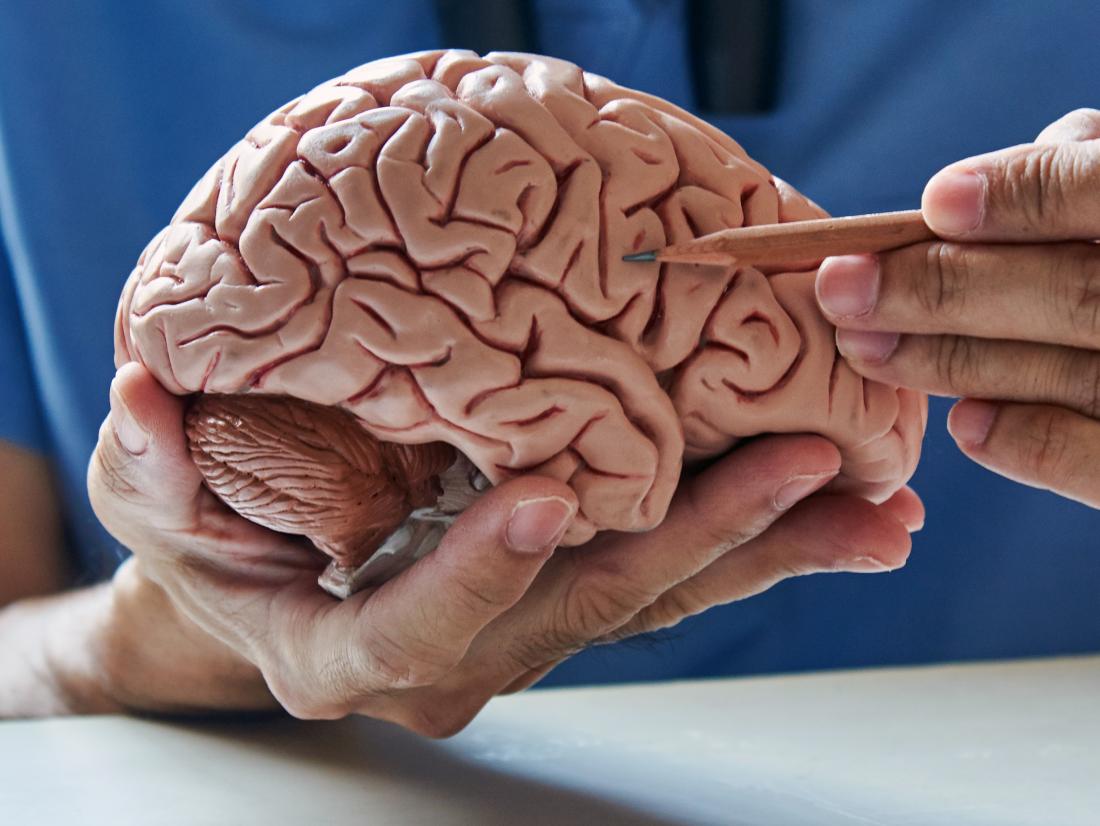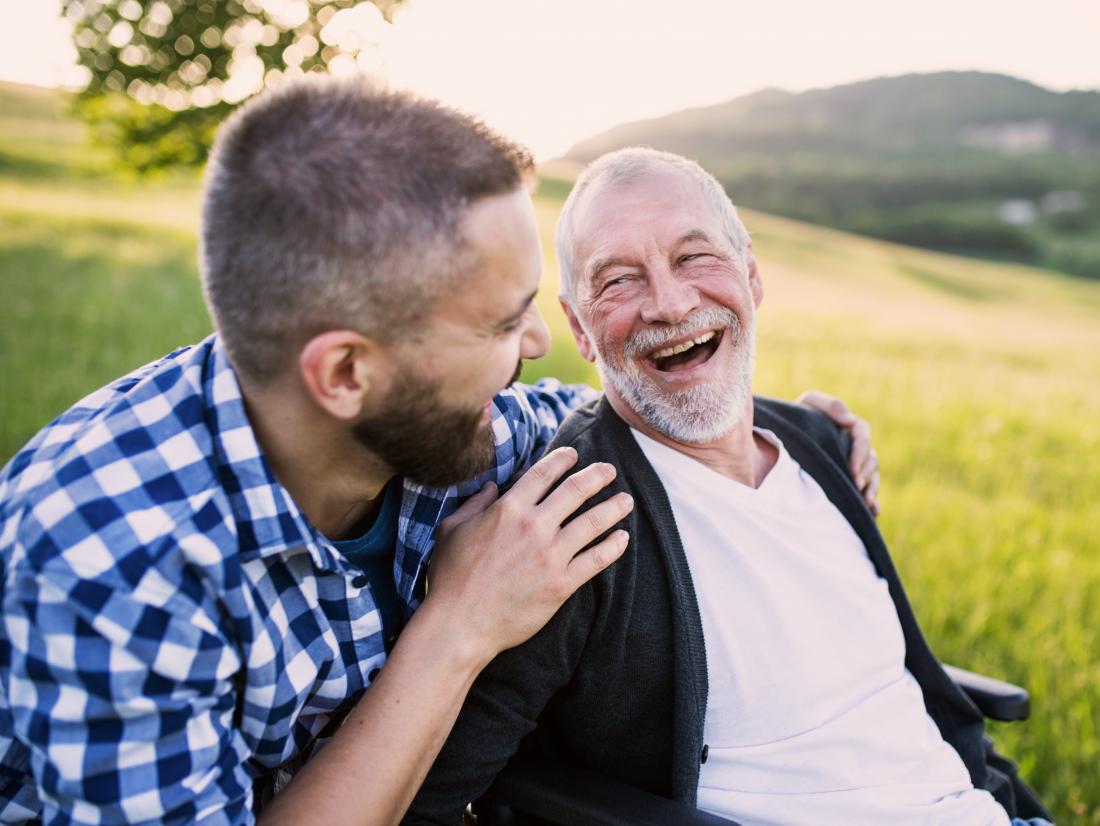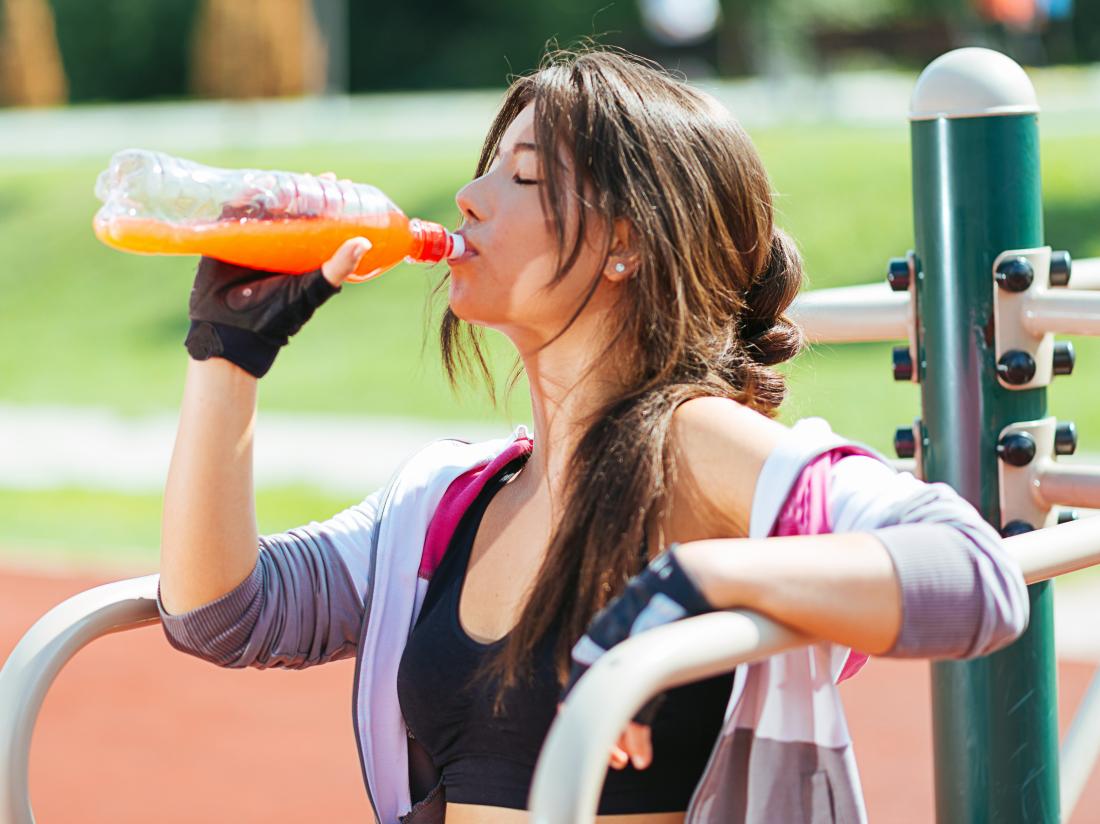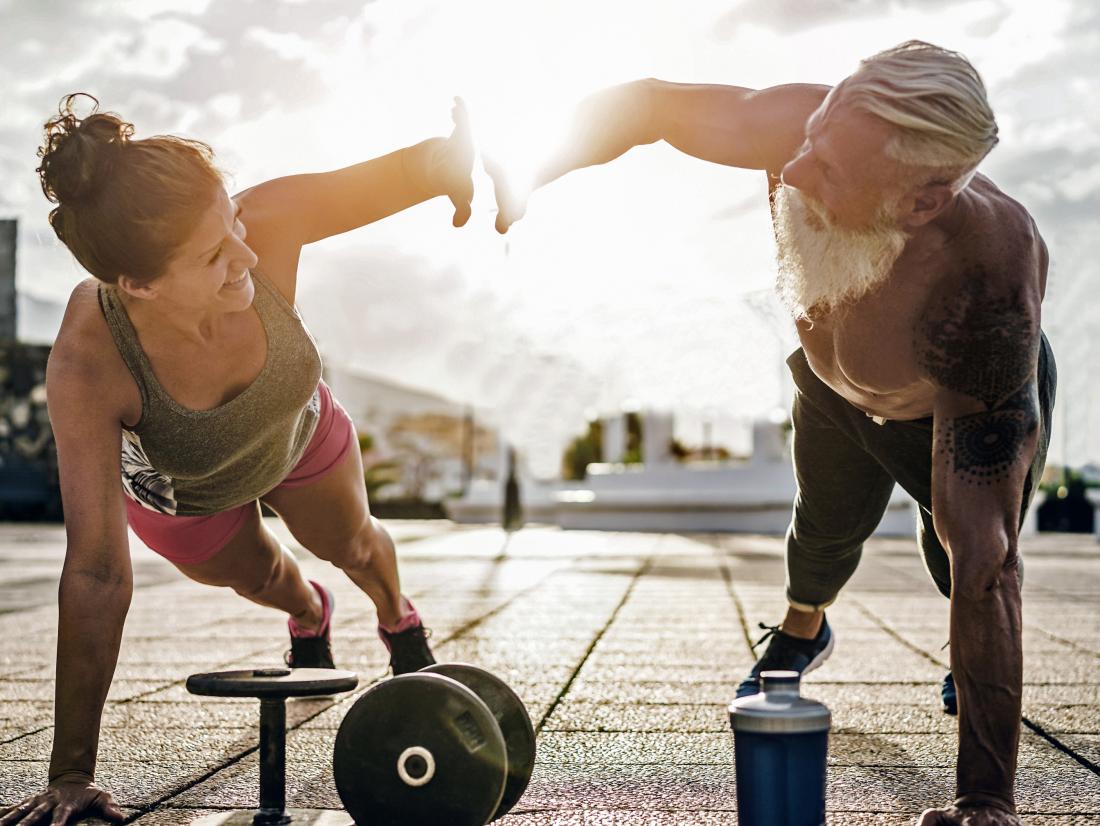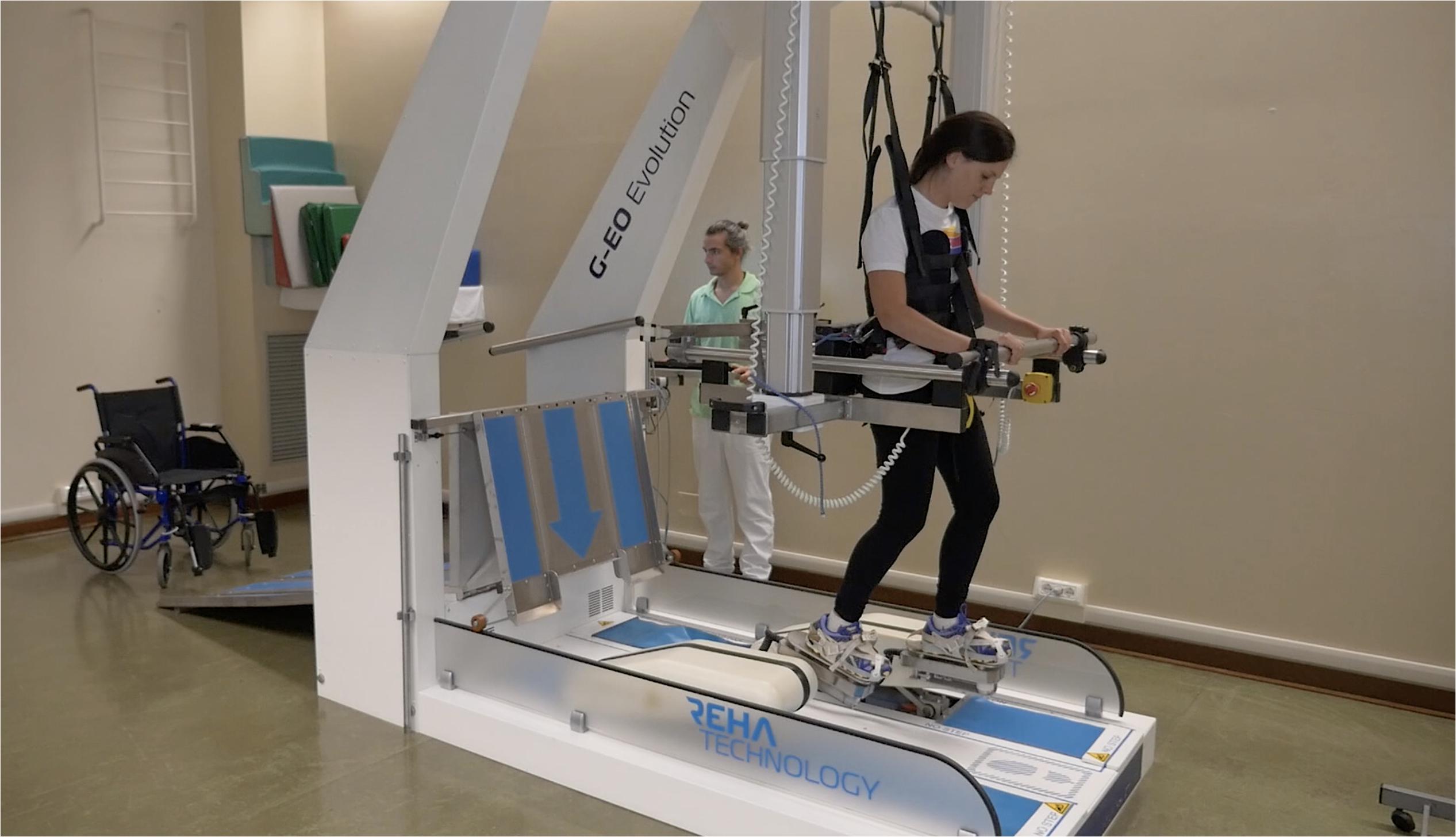Having something personal stolen from you isn’t just upsetting…it’s offensive, and well…it’s just not fair. That’s how TBI feels to many. Leaving a TBI survivor to start over, the thief (TBI) often leaves no trace. Still, other times there is more than enough evidence.
Talking about grief, versus experiencing grief…or living with grief daily are totally different things. Grief can be an overwhelming sense of loss, a heavy mental weight pressing down on your very soul. After a traumatic brain injury, grief is an understatement. But it’s a place to start a discussion of what grief is, and how it’s different to people that may have been through similar situations.
Finding your way through the grieving process is like navigating without a map (or a GPS) – because there’s no set arrival time, and no itinerary – you just go along at your own pace, feel what you feel, and hope for the best. Nobody wants to hear that! With that being said, here’s an excerpt from a “tip card” by Lash & Associates Publishing titled “Loss, Grief, and Mourning.”
Tips for persons with brain injury to grieve and mourn…
✓ Be gentle with yourself – grieving can be physically, spiritually, and emotionally draining.
✓ Do not diminish how you feel about what has happened and don’t allow others to underrate your loss either. Your loss is real.
✓ Take time to work through your feelings about what has happened and how it affects you.
✓ Recognize that you may have secondary losses (e.g., loss of income, loss of friends, and loss of lifestyle).
✓ Recognize that your family is also experiencing grief. They need time to work through their emotions and may do it differently than you do.
✓ Find appropriate and safe ways to express your grief. It is essential to your well-being.
✓ Take time to reflect on who you were before your injury, who you are now, and who you want to be in the future.
✓ Ask for help – you do not need to do this alone.
✓ Keep life in perspective so that grieving and mourning do not totally overwhelm you.
Bereavement, Grieving, and Mourning
They are not the same. These words are used interchangeably; however, they have different meanings. Dr. Alan Wolfelt, of the Center for Loss and Life Transition in Fort Collins, CO, defines bereavement, grieving, and mourning as follows.
Bereavement is the “call”.
It is the event that causes a loss (death, injury, ending of a relationship, etc.).
Grieving is the “internal response” to loss.
It is how one feels on the inside (sad, angry, confused, afraid, alone, etc.).
Mourning is the “external response” to the loss.
It is how one expresses feelings about the loss (funerals, ceremonies, rituals, talking, writing, etc.).
Primary and secondary losses are also a part of the process, in a “domino effect” of sorts. The initial injury of the TBI survivor is considered the primary loss…the other losses that follow affect the survivor, their family, friends, co-workers, and more. Everyone’s lives are changed.
Also, a whole range of emotions come with these losses, and mourning due to the situation can range from complicated, to extraordinary.
The journey of grief is complex, and acceptance is a big part of getting to the point with your life that you can go forward and find some happiness and reward. Embracing the new isn’t replacing the old…it’s acknowledging the old but moving ahead without it! It would be too easy to say “don’t let it get you down” …and survivors hear that more than they’d like. Although it’s meant as encouragement, many folks just don’t know how to put it into words in a more empathetic way. The point is that they didn’t experience what the TBI survivor did, but they deal with a lot of the aftermath on a daily basis – and they are just trying to build up and encourage the survivor.
In closing, grief is different in every single instance because every injury is different, every survivor is different…and every family is different. The difference is inevitable, but embracing each other’s differences after TBI is the best way to help each other feel included, and a part of the survivor community. Work to accept your differences as well, and you’ll be better prepared to have empathy for what other survivors have overcome too.
If you’d like to purchase the Lash tip card “Loss, Grief and Mourning After Brain Injury, by Janelle Breese Biagioni, you can click this link (price is $1.00 each, and is great to share with others). https://www.lapublishing.com/loss-grief-mourning-tbi/
